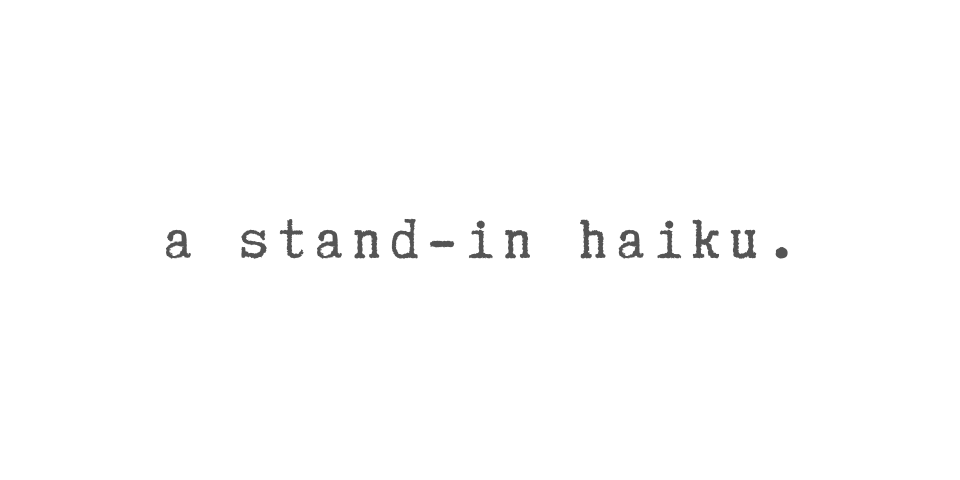Recently on the Project Casting website, there was a post titled “20 Actors Hanging out with Their Stand-Ins,” detailing general distinctions between stand-ins and photo doubles.
Along with the article are some fun photographs of actors standing next to people dressed in similar wardrobe — and often who have a striking similarity to the actor.
The article does a decent job describing the job of the stand-in, pointing out, “Stand-ins do not necessarily look like the actor, but usually they have the same skin tone, hair color, height and even build as the actor so that lighting in a scene will be done correctly.”
However, the article carelessly mentions the official stand-in of the late Robin Williams — as if Williams were still alive — and it has trouble distinguishing photo doubles and body doubles.
Distinguishing Stand-Ins from Doubles
In terms of the 2005 Basic Agreement that governs most film work, body doubles are paid at a much higher rate the photo doubles. The distinction is not outlined clearly within the contract, though body doubles tend to appear when nudity of some sort is involved, not to mention in other instances when the body of the actor needs to be photographed. Photo doubles tend to be employed for less important kinds of shots, like inserts of hands, shots behind the actor where a piece of the actor’s body might appear, or distant background shots in which the actor’s character appeared.
Stunt doubles are different from body doubles and photo doubles. Of note, stunt doubles are classified as “performers” within the 2005 Basic Agreement, while body doubles and photo doubles are not classified as “performers.” Stunt doubles may also be entitled to residuals for their work, while neither body doubles nor photo doubles are.
Final Thoughts
All in all, the photos that accompany the post are fun, but likely more more representative of stunt doubles, body doubles, and photo doubles than they are of stand-ins.
In all likelihood, unless a stand-in is also doing doubling work, the stand-in won’t be dressed in the exact wardrobe of the actor. Instead, you might see the stand-in dressed in street clothes or in something called “color cover,” which is simply clothing that is similar to the color or pattern of the first-team actor’s wardrobe in the shot.
View the post from Project Casting:
20 Actors Hanging Out with their Stand-Ins — from Project Casting
Have you worked as a photo double, body double, or stunt double when standing in? For which actors? Share your experiences below!



Leave A Comment